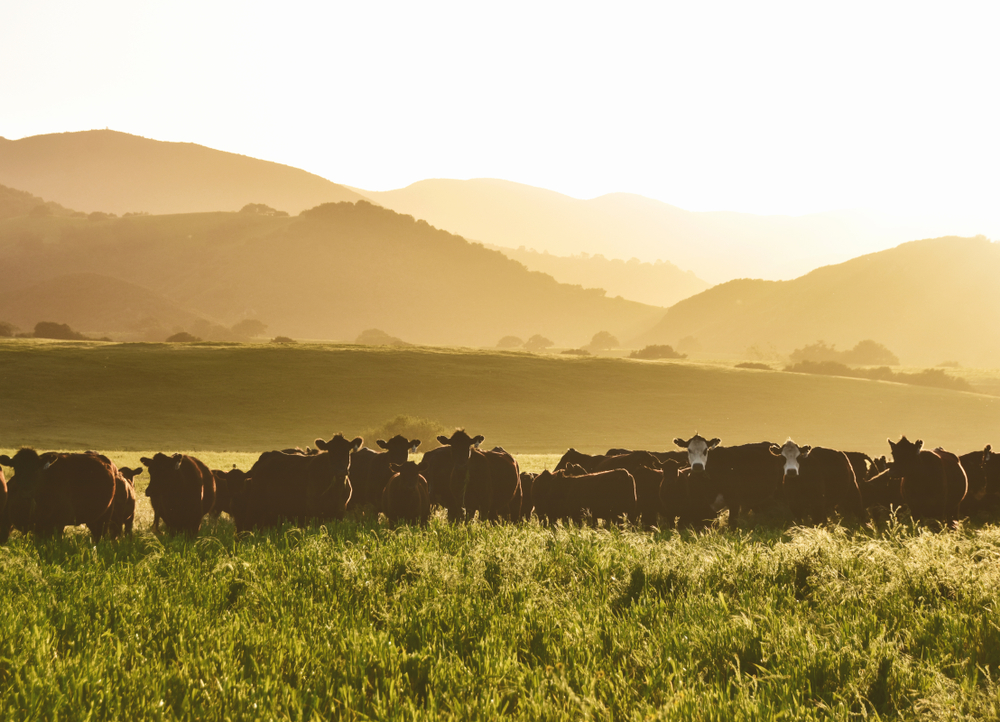
When it comes to providing quality hay for livestock, there are a few key factors to consider to ensure that your animals get the nutrition they need to thrive. Whether you are a farmer looking to improve the quality of your hay crop or a livestock owner seeking the best feed for your animals, there are several steps you can take to enhance the nutritional value and overall quality of your hay.
In this blog, we will explore some ways you can improve hay quality, from proper harvesting techniques to storage and handling practices. Following these tips and recommendations can provide your animals with the best possible feed, leading to healthier and happier livestock.
Choosing the Right Variety of Hay
One of the first steps in improving the quality of hay is selecting the right variety for your livestock. Alfalfa hay, in particular, is known for its high nutritional value and is a popular choice for many livestock owners. Alfalfa hay is rich in protein, vitamins, and minerals, making it an excellent feed option for animals such as horses, cattle, and goats.
When choosing a variety of hay, be sure to consider the nutritional needs of your animals and select a variety that is well-suited to their diet. Additionally, consider factors such as the climate and soil conditions in your area, as certain varieties of hay may perform better in specific environments.
Harvesting Techniques for Quality Hay
Proper harvesting techniques are essential for ensuring the nutritional value and quality of hay. The harvest timing is crucial, as cutting hay at the correct growth stage can significantly impact its nutrient content. Harvesting alfalfa hay when the plants are in the early bloom stage is recommended, as this is when the hay is at its peak nutritional value.
In addition to timing, the method of harvesting can also affect the quality of hay. Cutting hay with a mower-conditioner can help to improve drying time and reduce the risk of mold and spoilage. Additionally, be sure to monitor weather conditions and aim to harvest hay during periods of dry weather to prevent moisture damage.
Proper Storage and Handling
Once harvested, proper storage and handling practices are key to maintaining the quality of hay. Storing hay in a well-ventilated, dry location can help to prevent mold and spoilage. Additionally, storing hay off the ground on pallets or a raised platform can help prevent moisture damage.
When handling hay, be sure to use proper equipment, such as bale spears or grabbers, to avoid damaging the bales. Handling hay gently can help to preserve its nutritional value and reduce the risk of spoilage.
Regular Testing and Monitoring
Regularly testing and monitoring hay quality is essential for ensuring that your animals receive the nutrients they need. Hay testing can provide valuable information about the nutrient content of your hay, allowing you to make adjustments to your animals’ diet as needed.
Consider working with a professional hay testing service to analyze the nutrient content of your hay and make recommendations for improving its quality. By regularly testing your hay and monitoring its nutritional value, you can ensure that your animals are receiving a balanced diet.
Contact David Woods Hay Service Today
If you want to improve the quality of hay for your livestock, consider working with David Woods Hay Service. With top-quality alfalfa hay for sale at the best price and unbeatable service, we can help you provide your animals with the best possible feed. Whether you need hay delivered to your farm or loaded onto your trucks for pickup, we can handle all of your hay products and service needs.
Don’t let your animals miss out on the essential nutrients they need – contact David Woods Hay Service today to learn more about our alfalfa hay for sale and how we can help you improve the quality of your hay. Reach out to us for more information and to place your order today.
